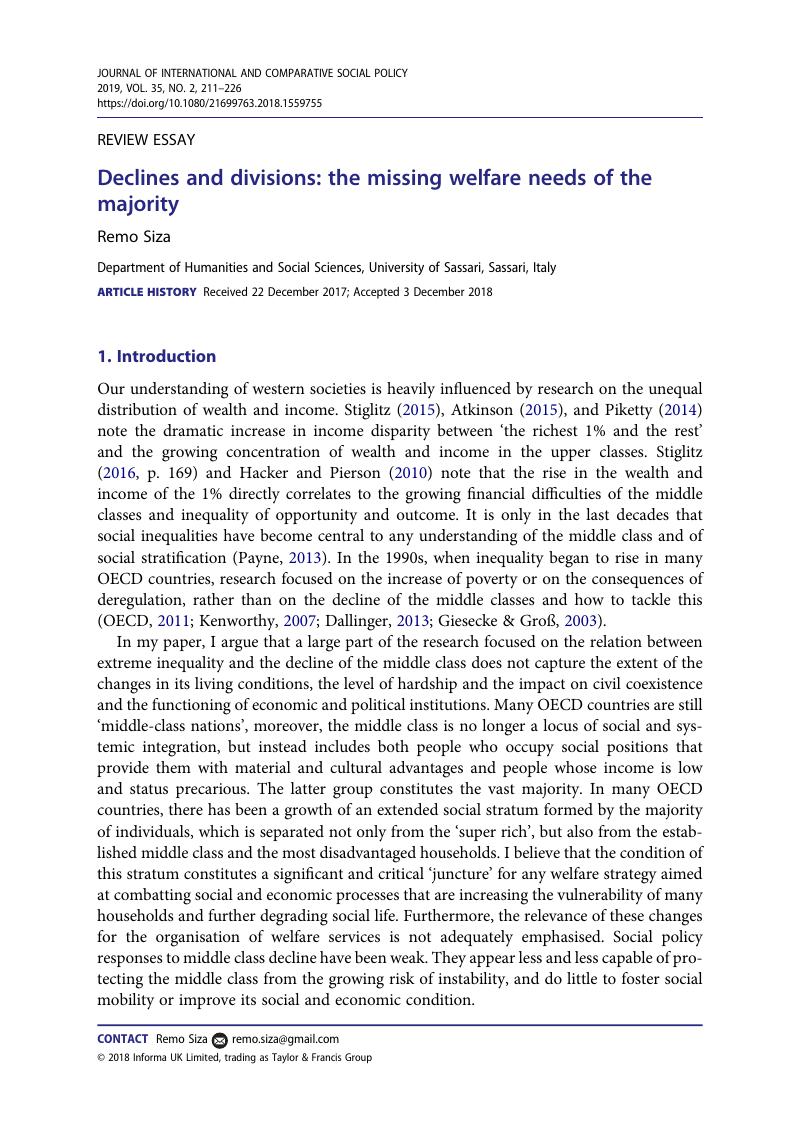Häusermann, S. &
Scwander, H. (
2009).
Identifying outsiders across countries. Similarities and differences in the patterns of dualisation.
Bergen:
Publication, Dissemination and Dialogue Centre (PUDIAC) of RECWOWE. Working paper on the Reconciliation of Work and Welfare in Europe, No.9.
CrossRefGoogle Scholar 